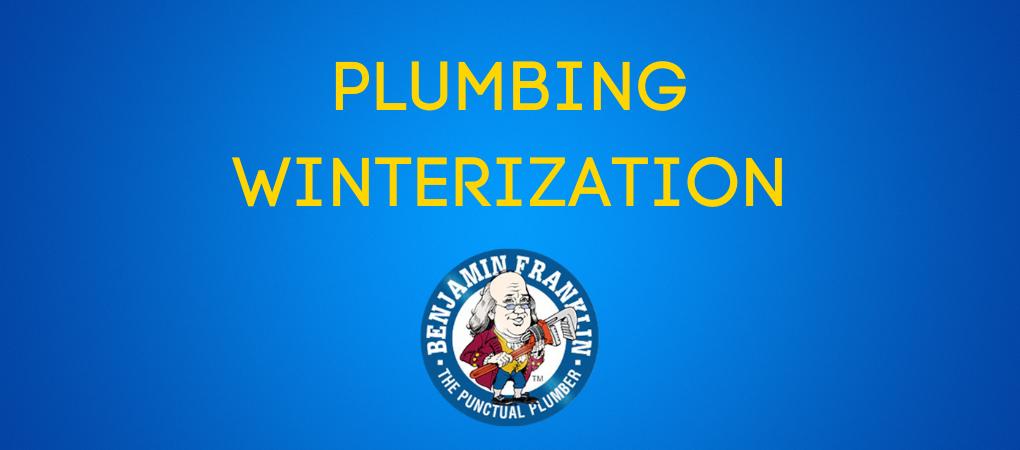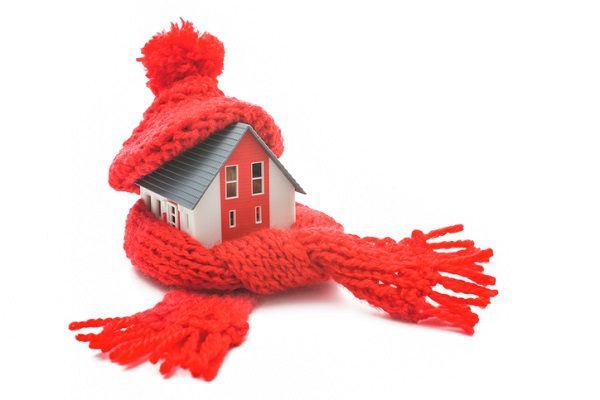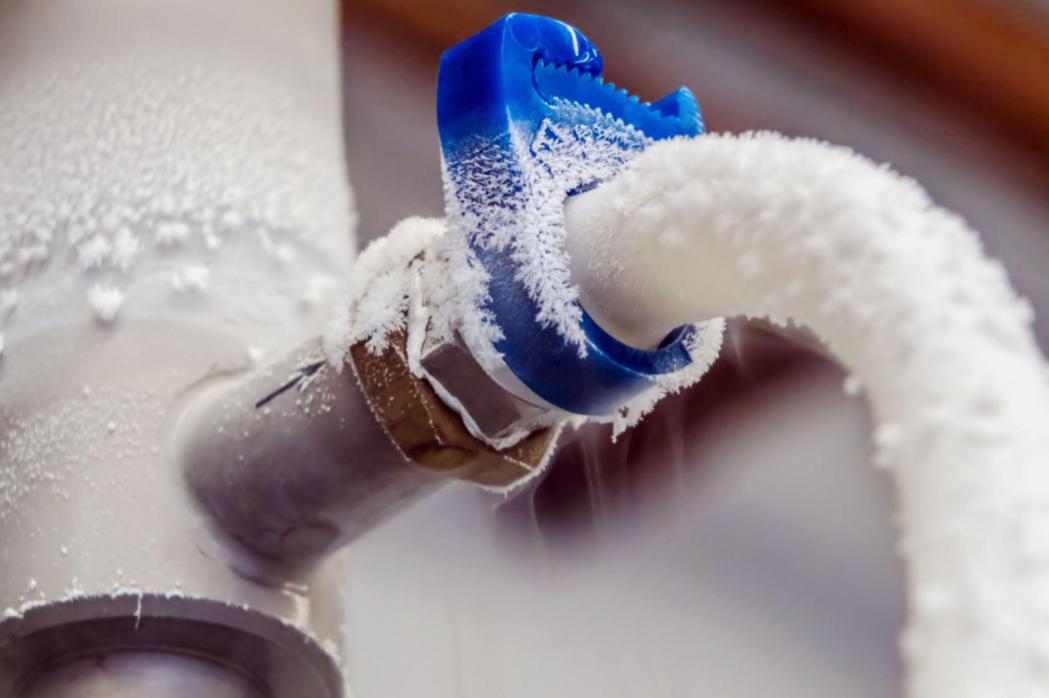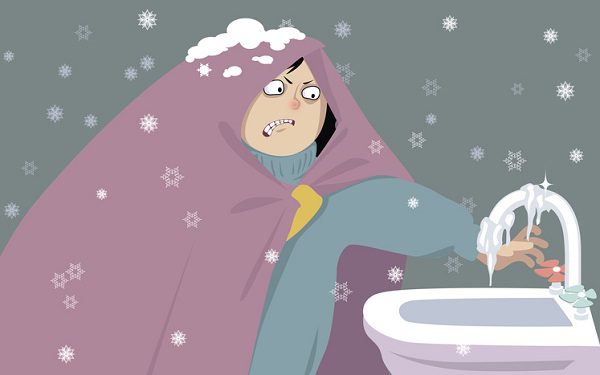
05 Dec Plumbing Winterization Tips to Protect Your Home
Well, it’s that time of the year; winter has arrived. But do you know what’s needed to protect your home and pipes from the cold weather? Plumbing winterization could save you from an expensive plumbing bill. Freezing pipes can be a massive headache for both renters and homeowners alike. But don’t worry. These winter disasters are easily preventable, so let’s find out how to winterize your plumbing with this step-by-step guide!
| Content Breakdown |
|---|
First Things First, Let’s Winterize Your Outdoor Plumbing
 It’s a good rule to tackle anything exposed to the elements first. You can have a winter free of frozen pipes by following the steps below to begin winterizing your house plumbing!
It’s a good rule to tackle anything exposed to the elements first. You can have a winter free of frozen pipes by following the steps below to begin winterizing your house plumbing!
Disconnect Your Hose
First, one of the easiest ways to protect your pipes and prevent freezing this winter is to detach your garden hose and place a cover over your outdoor water hose faucet. If you don’t, ice can begin to form and cause a leak to develop or damage your pipes.
Is Your Crawlspace Sealed?
Another easily forgotten step in protecting your home from the winter weather is ensuring you seal your crawl space vents. Unfortunately, crawl space covers can be easily lost. If you’ve lost yours, you can go to any hardware store and grab some reasonably inexpensive new ones.
Sealing Up Air Gaps
Now it’s time to check around your house and seal any open gaps around piping or electrical conduits that lead inside with simple caulking, heat tape, or expanding foam. You may be surprised by the number of gaps in your exterior walls. Feel around for cold air to help find them.
After this step, you can seal any gaps around windows and door frames if you have excess caulking or foam. Sealing will help control your home’s temperature and save extra money on your electrical bill.
Will Your Home Be Vacant?
Check Your Water Lines
If your property is vacant, you’ll want to find your water valve. Use the shut-off valves to turn off the water supply. You can then use air compressors to remove any remaining water in your pipes.
Winterizing Your Hot Water Tank
Now let’s address your hot water heater. First, you’ll want to drain all the water in your holding tank. You can do this by opening the valve at the tank’s bottom. BUT WAIT! Does your hot water tank have a floor drain? If not, you’ll want to hook up a water hose to direct the water flow outside.
Don’t Forget About Your Toilets
This one is easy, go to each of your toilets to remove as much water as possible from the tanks and water bowl by repeatedly flushing your toilet. If you can’t remove all the water, you’ll want to add a little antifreeze to your toilet. While you’re doing this, check your bathtubs and showers. Then, add a little antifreeze to the drain to prevent trapped water from freezing.
Now It’s Time To Winterize Your Indoor Plumbing
Alright, we’ve finished proofing your outdoor plumbing. So, head inside, warm up, and let’s finish winterizing your home!
Insulate Pipes
It’s time to get into your crawl space if you have one. But before doing that, you’ll want to head to your favorite hardware store and find some insulation sleeves. No need to get fancy, something cheap will work fine!
Once you have this, you can wrap your pipes to protect them from freezing temperatures. Try your best to make sure there are no exposed gaps to keep your pipes from freezing. Refrain from placing heaters in your crawl space, as this can be a severe fire hazard. You can also wrap any pipes in your garage and or attic.
Keep An Eye On Your Indoor Temperature
Now that we have prepared your plumbing for the coming winter weather, it’s time to kick back and stay toasty. Keep your heat on, and keep your house at a reasonable temperature. You want to keep your internal temp from going below 55 degrees. In addition, you’ll want to leave your cabinet doors beneath your bathroom, and kitchen sinks open. That way, the warm air inside your home can reach your pipes.
Why Is Plumbing Winterization Important?
Plumbing winterization may sound like a lot of work, but trust us, it’s necessary. Neglecting your home during the winter could lead to hundreds, if not thousands, in damages, which is the last thing anyone wants.
Winter Plumbing Maintenance Checklist
To wrap this all up, here is a quick checklist that you can print and use:
Disconnect your hose and cover the faucet.
Seal Up Any Air Gaps.
Shut off your main waterline if the property is vacant.
If your property is vacant, then empty your hot water tank.
Drain Your Toilets if they won’t be in use.
Insulate your pipes.
Keep your home warm.
Keep any necessary cabinet doors open.
Still concerned that something could go wrong? You may be worried that something has already gone wrong. Give us a call. We’re happy to come and give everything a look over.
Benjamin Franklin Plumbing Tyler serves the East Texas cities of Kilgore, Longview, Tyler, and Whitehouse with a team of certified plumbers. In addition to emergency plumbing repair, some of the plumbing services provided by the company include faucet repair, drain services, toilet repair, plumbing fixture installations, tub and shower installations, kitchen sink repair, faucet installation, water heater repair/replacement, and garbage disposal replacement. Call us today at (903) 730-6611 to schedule an appointment!


